For BP’s diehard and handling-obsessed petrolhead, the future of cars in an EV-only world looked bleak; but the Polestar 2 might just be his guiding light
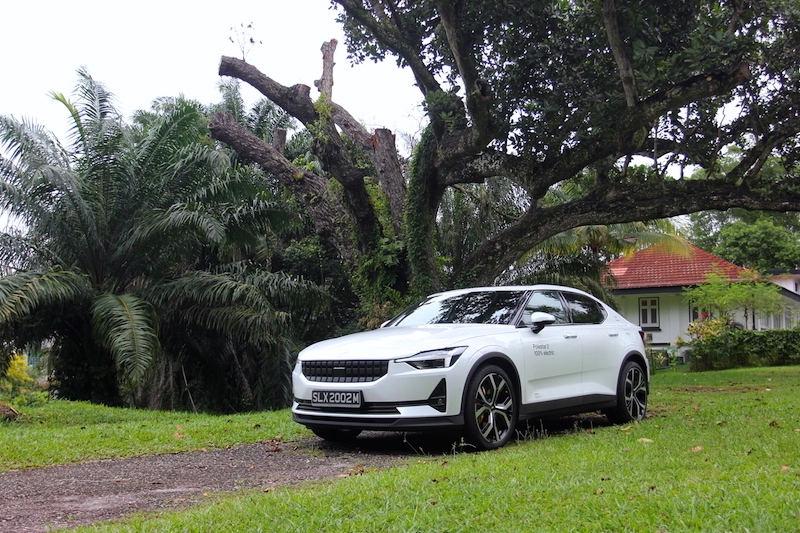
With EVs being the antithesis to all the above and stamping out literally everything I love about cars, I'm naturally not a fan. I'm level-headed enough to recognize they fit the needs of 95% of drivers 95% of the time, and thus grudgingly accept their existence, but I can't see myself actually desiring one. For me that last 5% of magic that ignites an emotional connection with a car is what I live for, and without all the objectively inferior but emotionally enriching qualities described above, EVs are nothing more than white goods to me.
Or so I thought, until I drove the Polestar 2 and took it up to its limits on an empty road. It's not quite made me a true believer, but at least now I'm more willing to listen.
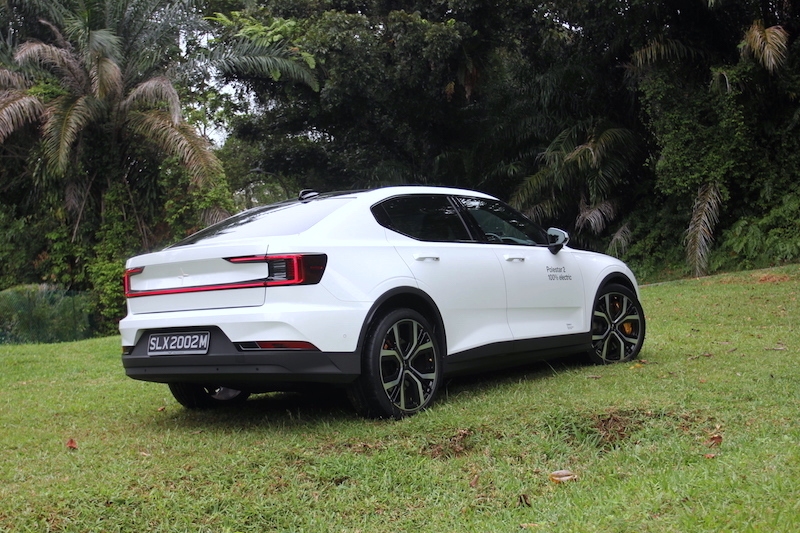
You see, for me the most important thing about cars is their dynamic repertoire. A car could be cramped, difficult to live with, ugly, poorly priced, lacking in technology, or even slow; but as long as it feels alive, is willing to dance beyond its limits and can just plain set my pulse racing, it gets the seal of approval in my books.
Consequently, I used to assume that EVs could never satisfy me. Too much weight, too much complication, too much numbness, too much health-and-safety fripperies, and zero emotion.
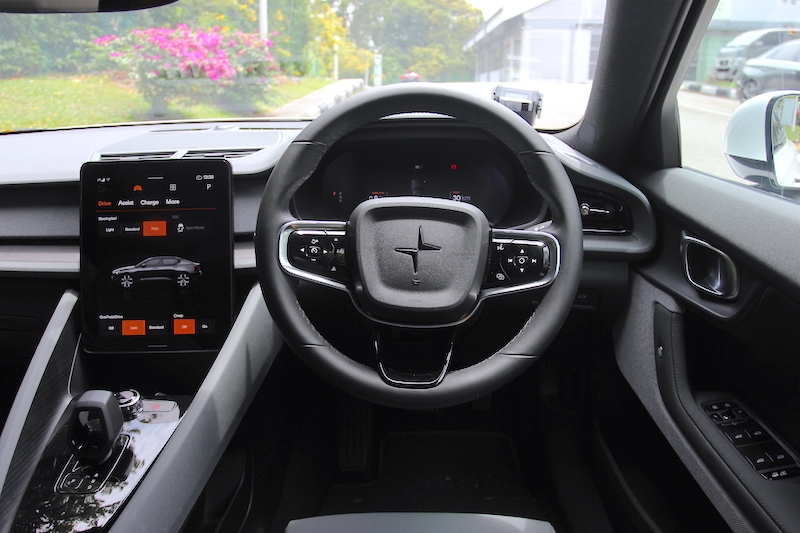
Every time I had a chance to interview an automotive engineer, I'd always ask "can an EV ever truly be made to be a great handling car?" (By which I define as a car that actively encourages you to go round corners, instead of merely obeying commands from the helm).
Of course, they'd always reply that their upcoming product would indeed go around corners better than an ICE car, because the batteries are almost always located centrally underneath, which lowers the centre of gravity, gives optimal front-rear weight distribution, and decreases the polar moment of inertia (i.e. the car’s willingness to change direction).
But their answers never satisfied me. Of course they'd say that! They need to convince us journos that the industry’s charge into the new, (potentially alienating) territory of electrification will be superior to the old, dino juice-burning ways. So I always probed further, trying to elicit a non-PR friendly response: "Yes, but surely all that mass would hurt it? Surely all the ideally-distributed weight in the world would be undone by the several extra hundred kilos of weight it has to haul around?"
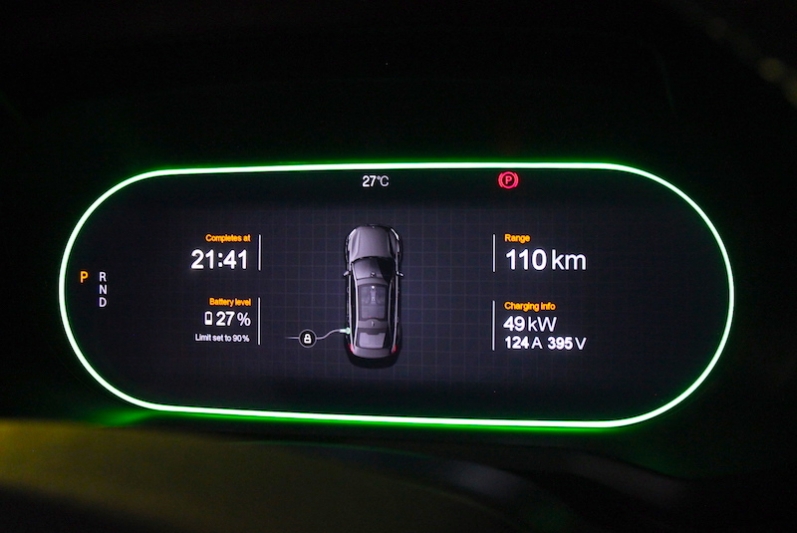
Well, looks like I’ll have to eat my words now, as the Polestar 2 has just kicked most of that skepticism to the gutter. This 2+ tonne mashup between sedan and crossover, from a parent company (Volvo) that has seemingly given up all interest in making driver's cars, has completely changed my mind. Outwardly the Polestar 2 is not at all a sporty car, and yet this Dual Motor model has impressed me more than some of the pure-blooded performance machinery I've driven recently.
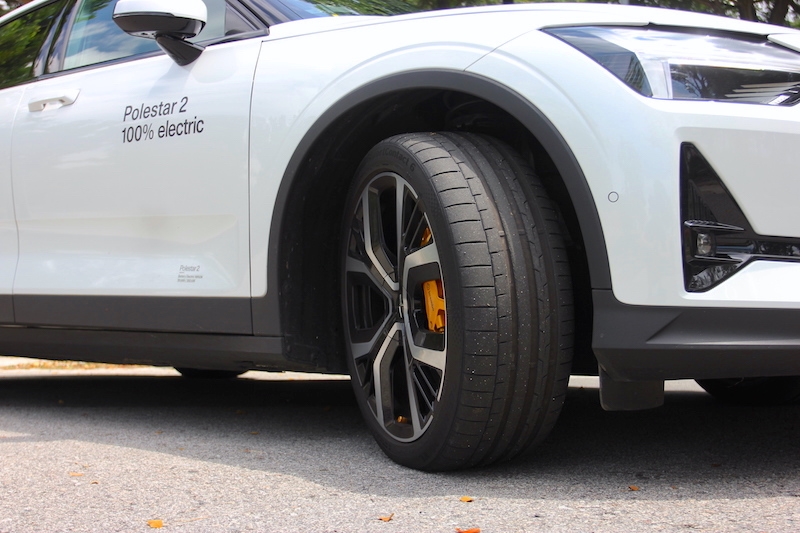
To give you a more complete perspective, here’s the figures and facts. There’s one electric motor providing the same outputs to each axle, 150kW (about 200hp) and 330Nm of torque, for a total of just over 400hp and 660Nm. Kerbweight is listed at 2,113kg, and it’s nearly evenly distributed, at 51% front, 49% rear. This car was also fitted with the optional Performance Pack, which brings manually adjustable Ohlins dampers, larger Brembo ventilated brakes, 20-inch forged alloy wheels, and 245/40R20 Continental ContiSportContact 6 tyres.
My first impressions were a bit ho-hum. The steering felt artificial and devoid of feel, and the ride in the Ohlins’ default setting (which is in the firmer half of the damper’s range) was jiggly in urban areas - both of which are usually the case in the majority of new cars these days. So far, so unexceptional then.
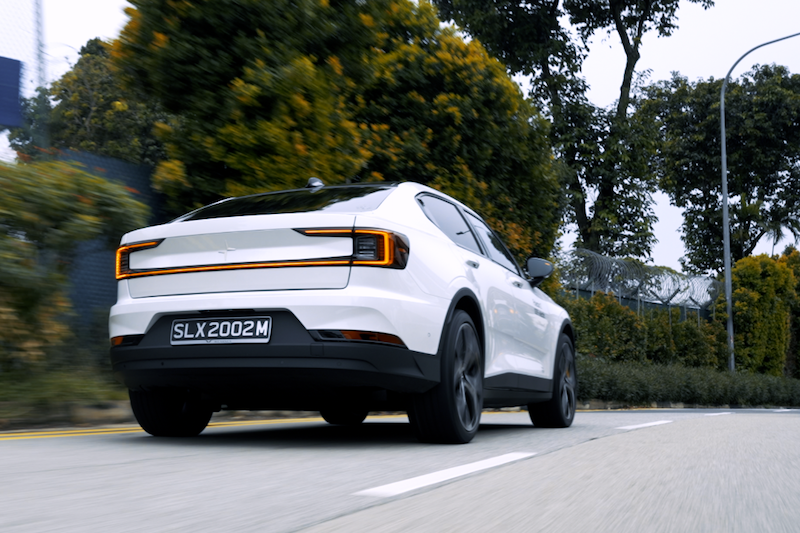
But on my way to the office came the revelation. The KPE>TPE exit is a long, sweeping 270-degree left-hander that tightens slightly towards its end, and can easily be taken at 90km/h despite several nasty, chassis-shaking bumps along its length. With the road empty, I went in at 100km/h, expecting to start edging towards the outer lane, but no; the Polestar 2 just tracked a consistent line with nary a chirp from the tyres nor a judder from the suspension. This raised my eyebrows a couple of centimetres.
Even more surprisingly, when I lifted slightly for the second half of the corner, the car actually rotated, and held a very neutral attitude. It wasn’t quite a four-wheel drift, but I could just feel the rear end just on the verge of wanting to edge outwards. This was when my eyebrows went through the car’s panoramic glass roof.
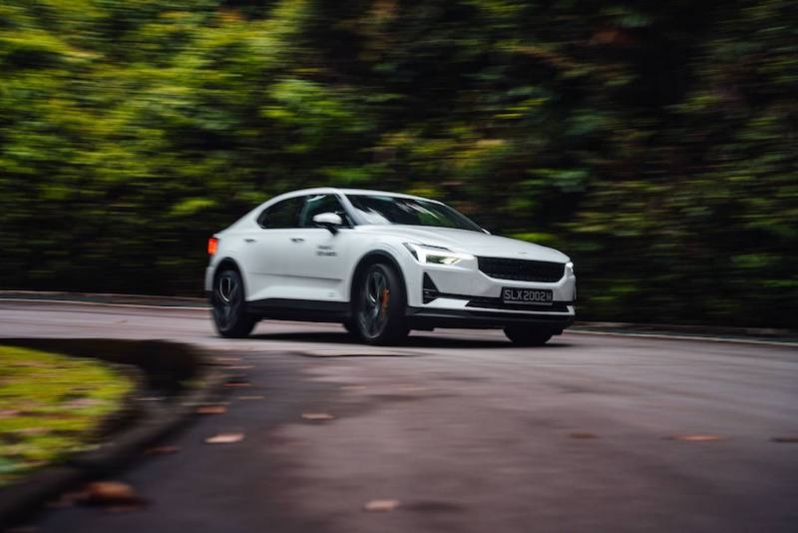
With my curiosity seriously piqued, I headed to my two favourite B-roads at night, and this was when my eyebrows nearly joined the pole star (that’s the one in outer space, not the one from Sweden).
Firstly, there is the Polestar 2’s seeming incomprehension of the concept of understeer. There were a couple of instances where I was pretty damn sure I’d overcooked my corner entry, but no, the car pretty much sailed into the bend once I lifted off the brakes - not even a moment’s hesitation waiting for the front tyres to regain their grip. Even with deliberately over-aggressive throttle application when exiting corners, the car settles into more of a four-wheel drift instead of washing out at the front end.
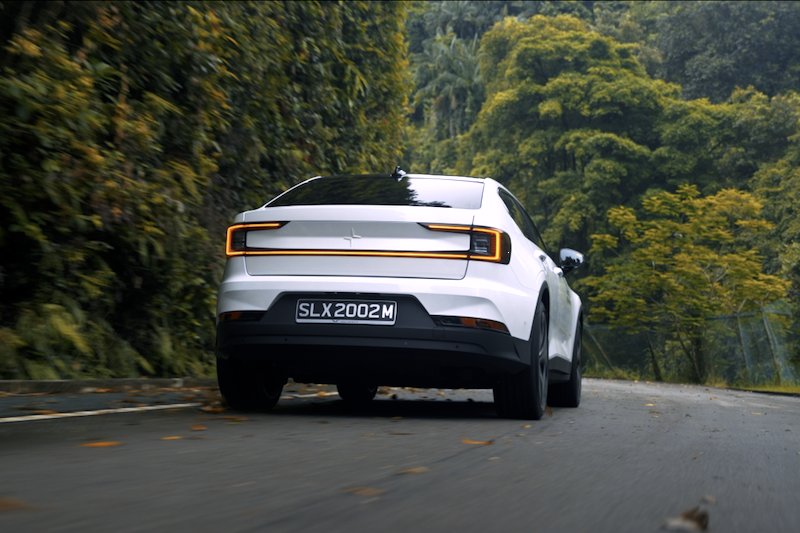
All of that is bubble-wrapped by suspension that gives its best under extreme duress. On one of the roads I visited, there’s a particular corner with a stretch of concrete paving that sits above the coarse tarmac before and after it, which is particularly challenging not just because of the difference in grip level, but also because of the car suddenly going light over as you climb onto and drop off the concrete. As a result of these two factors, cars tend to do shimmy sideways as they traverse this patch, especially if they’re tall and heavy. But although the Polestar 2 is both these things, it remained completely composed over this section, with nearly zero deflection from any chosen line.
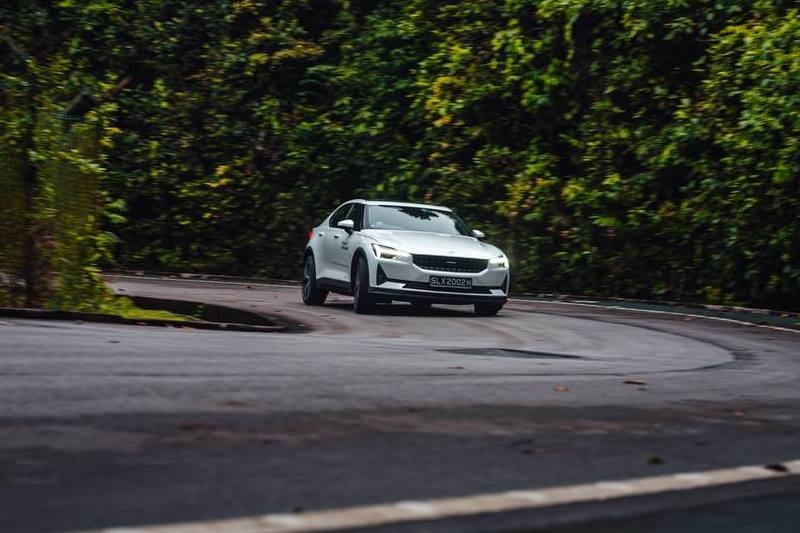
Finally, there's an adjustability to the Polestar 2’s handling balance that simply shouldn’t exist in anything that doesn’t have a Porsche, Alpine, M, GR, GTI, RS, or Type R badge on the bootlid. Lift off the throttle in the middle of a corner, and the line tightens; step on the go-pedal and the line also tightens. Throughout the entire corner you get the sense that the rear wheels are tracing a marginally wider arc than the fronts, and pointing the whole car inwards towards the apex. If you blindfolded me and told me it was Lotus that developed this chassis, I'd probably believe you.
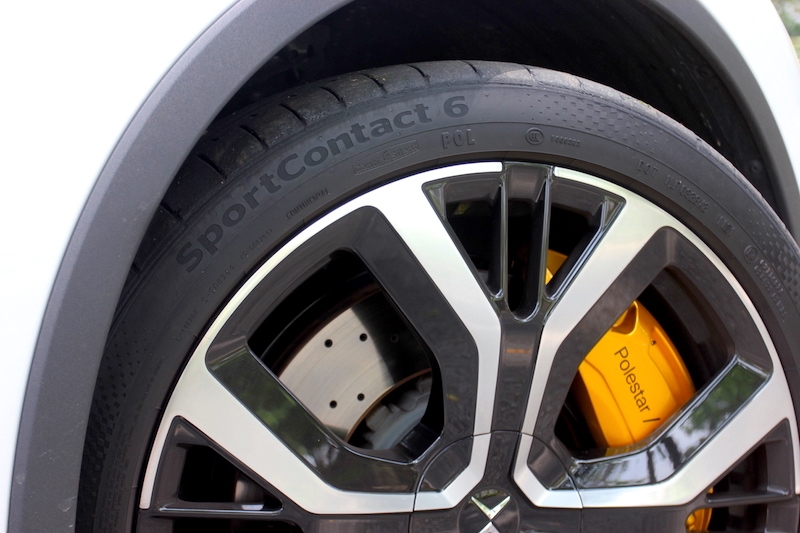
I'm no technical whiz, but my guess is that the motors’ brake regen is what's helping with this rotation, because when you get off the throttle, the slowing effect is helping to scrub speed, which naturally will tighten your line. It's much more effective than braking because this retardation acts equally on both axles, and hence avoids overloading the front end. Well, either that, or those engineers have a point about the weight distribution. Whatever the reason, my god does it work.
It was particularly illuminating when I recalled the Audi RS e-tron GT I drove recently. Despite its extra 200 horsepower, its shared genetics with the Porsche Taycan, and its willingness to go into full-on rubber-burning drifts at the snap of a finger, it was the Polestar that I found far more satisfying as a B-road Bomber.
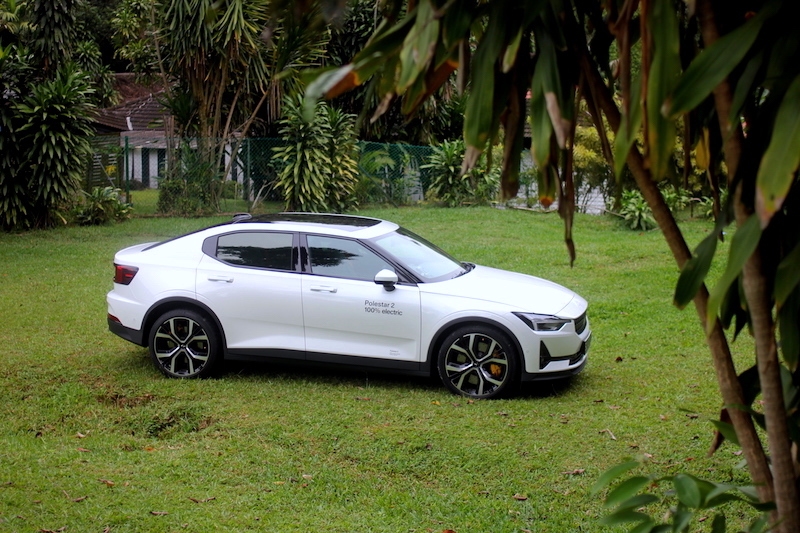
Now, before I conclude, I should probably temper my evangelism with the disclaimer that I haven’t driven that many EVs yet. But if this experience is anything to go by, I’m hungrier now more than ever to find out whether there’s similar joys to be found in other electric cars in the coming years. For the sake of my interest in new cars in our internal combustion-less future, I really hope they do, but if nothing else, the 2 Performance Pack is one star that’s burning mighty bright in my eyes.
